90s vampire movies
Unforgettable 90s Vampire Movies That Defined a Generation
90s vampire movies: The horror of the nineties was a time of change and innovation in the world of filmmaking, and vampire films were an important part of this. This period concluded old gothic viewpoint of vampire coupled with the new age inventions and presented viewers with a combination of charm of gothic period and pictures of supernatural horror and psychological breakthrough. Dracula, sarcastic and charming, blood sucker and eternal being, worked as a big reflector of society’s fears and fantasies. In this article, you will find the evaluation of the vampires films’ importance in the nineties and the discussion of the films that have shaped the horror genre.
Supernatural Vs Natural The resurgence of Gothic Horror
The revival of vampire movies in the nineties may have roots in the desire to revisit the gothic tradition found in Shelley’s Frankenstein and Stoker’s Dracula. This gave way to picture that has marked the sentiments of the Victorian period: elaborate sets, dark-touched romanticism, which brought the fascination with supernatural back into the national consciousness.
Bram Stoker’s Dracula (1992)
In the 90s, any of the ghost flicks were fashioned, but the ultimate notable individual was Francis Ford Coppola’s Bram Stoker’s Dracula.This film has been rather loyal in terms of adaptation from Stoker’s novel, and viewers are promised a purely gothic time. Both the external and internal organisation of the film reflected elements of traditional vampire myth: set design, costume design, atmosphere. Gary Oldman introduced a new property to the play by depicting Count Dracula as the classic monster who also wants love from a lost beloved.
Gérard Kikoine’s Bram Stoker’s Dracula received solely a business success as well as the critical acclaim, which makes it the reference of the vampire films to come. It also gave more emotional context to Dracula’s character, which another adaptation never really accomplished in quite the same way prior.
This selected movie is Interview with the Vampire (1994)
Another equally important film of the 90s was Interview with the Vampire, 1994, directed by Neil Jordan with screen play Anne Rice’s novel. As opposed to more conventional features about vampires that portrayed the latter solely as menacing foes, this picture was much more interested in what it meant for characters to be alive forever. Tom Cruise playing the role of the vampire, Lestat, and Brad Pitt as a vampire in transition, Louis. The film Interview with the Vampire focuses on concepts and issues such as morality, eternal life, and being vampirized.
The film epitomized gothic style and theme, grandeur, and most importantly, the time period it was set in and the plot. Interview with the Vampire was the first film of its type because it not only gave the vampires existential conflicts that made the audience identify with the vampires but also provided philosophical implications. The movie also broke the stereotype of the vampires’ stories, where vampires acted as not only antagonists but also as protagonists.
The Effects of Pop Culture on Vampirism
The 90s, therefore, may be noted to have seen the return of gothic horror while other aspects of popular culture penetrated the vampire films. In this time, vampires shifted—as legendary noble European creatures, they became the fearsome, more contemporary, and even humorous versions. The cultural change occurred when the new generation came for vampirism movies, which was a kind of horror, action, and black comedy.
Blade (1998)
90s vampire movies: In the first innovative Part-Thrill Blade (1998), by Stephen Norrington, Wesley Snipes plays an anti-hero vampire hunter. Blade was created from a Marvel Comics character; he was a day walker, half human and half vampire who went after vampires. Blade was a new angle to vampire films, with a comic-book-like grim demeanor and spirited martial arts fight scenes.
As much as Blade was particularly unique, it made an impact on the vampire genre as well as the superhero films. This comic adaptation was one of the primary ones that achieved great success and potentially paved the way for the influx of superhero films in the 2000s. The film also introduced a new shade of a vampire, a law-enforcement-oriented theme teamed with a techno-vibe sound track that would be familiar to a new generation audience.
Shifting Themes: From Fear to Seduction
The vampire films of the 1990s show the transformation of the image of the vampires—the transition from the monsters most frightful to the mere temptation. However, vampires slowly evolved as sympathetic anti-hero figures destined to live forever while retaining the concept of horror.
The Addiction (1995)
The Addiction is a 1995 film by Abel Ferrara. This is a film that cooked into the mix of the 90s vampire films but with an added dose of horror and philosophy. Lili Taylor portrays a philosophy graduate student who becomes a vampire and grapples with the urge to feed on blood and kill people. The concept of vampirism in the movie addressed issues of dependency, overcontrol, and hopelessness, like typical symptoms of addition.
The Addiction did not achieve great success, but critics praised its intellectual approach to the vampire mythos, and it gained a cult following. It acknowledged vampirism as a soul-destroying illness. Ferrara’s film was an instance of a new wave of 90s vampire cinema that aimed at departing the vampiric lore and exploring the underlying psychosocial substratum.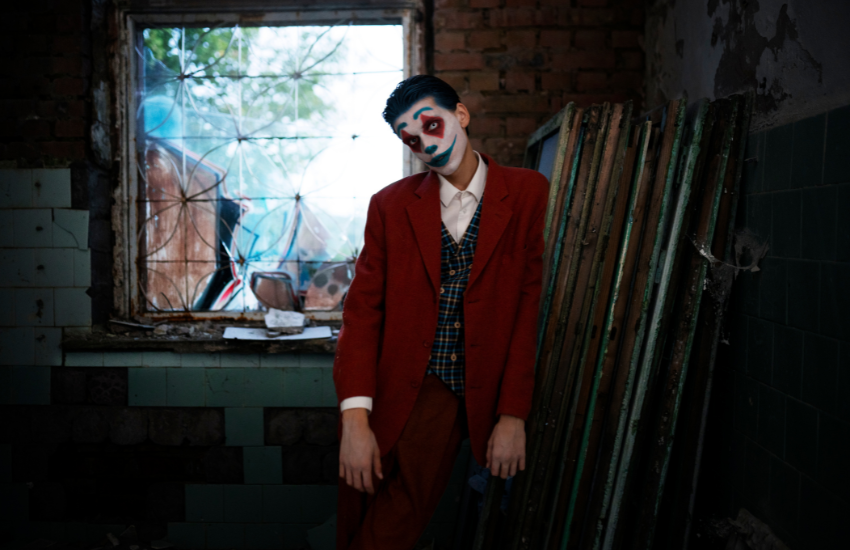

Nadja (1994)
90s vampire movies: Another title that defines the approaches of the 90s to the vampire films is Nadja* (1994). Shot in high contrast black & white and on a shoestring budget, this was a vampire movie by Michael Almereyda that turned the spotlight away from Dracula but towards his fictional offspring, Nadja. That noir and arthouse with vampires was introduced and became infused, turning the film Participant 9 into a dreamlike one.
The movie by Nadja depicted social isolation; the main character, the protagonist, fails to belong in society. A dark, experimental mood in combination with an existentialist theme attracted only a specific audience, which indeed matches the films of the 90s as being more open to experimentation.
When people think of vampire movies, the first thing that comes to their mind must be the hits of the late nineties.
The 1990s was a key point of development regarding the vampire flicks as a subgenre of films of gothic horror was developing into something richer and more diverse. These films helped establish the vampire tales that were to flood popular production in the two thousand: the movies like ‘Twilight’ or ‘True Blood’. As with defeating the vampire, including other genres such as horror with romance, philosophy, action, and in some cases even comedy, the 90s films of the vampire extended the telling of such stories to include other feelings in their portrayal of the vampire.
The best yang vampire films of the decade are timeless in that they continue to appeal to issues that are inherent, including desire, life and death, and power. Staking claim of the classic horror novels such as Bram Stoker’s Dracula to the more existentialism themes of The Addiction, these films remain popular with contemporary audiences and secure vampires’ place in the modern folklore.
Thus, now that we look back at the nineties, we no longer have any doubts that vampire films of that period were a far more important thing than the simple entertainment for the masses—the latter was just a reflection of our main concerns and dreams. Regardless of whether vampires claimed the roles of passionate lovers, genuine monsters, or complex antiheroes, the vampires in 90s cinema will remain in the history of horror cinema.
FAQs
1. What new and old elements were incorporated in the vampire films of 90s?
And while the gothic horror of old was more about massive creatures lurking in the dark, points, the new vampires were both scary and human.
2. Why did Bram Stoker’s Dracula (1992)?
It remained loyal to the gothic tile and portrayed Dracula as a lonely monster who wants love adding a layer to the vampire.
3. Where and how has Interview with the Vampire (1994) altered the conceptualizations of vampire roles?
It gave the vampires the grey moral areas and thus made them two-dimensional, unlike mere antagonists.
4. What extent did pop culture influence the 90s vampire films?
This paper has laid down a scene that popular culture made vampires current and appealing, interspersed with humor and action, especially in Buffy the Vampire Slayer.
5. 90s vampire films shaped popular culture, boosted supernatural storytelling, and redefined horror aesthetics in media?
It helped create the foundations of complicated more evil vampires, the antiheroes of later dramatic series such as Twilight and True Blood antidotal.
Opinion
The 1990s were a creative and amazing decade for vampire films, containing such experiences as traditional gothic horror continuations, postmodern experiments, or new variations of a well-known myth. So, movies like Bram Stoker’s Dracula and Interview with the Vampire were paving the way to make vampires even more popular, and Buffy the Vampire Slayer and Blade offered a more modern view on them.
For more information click here.
Share this content:


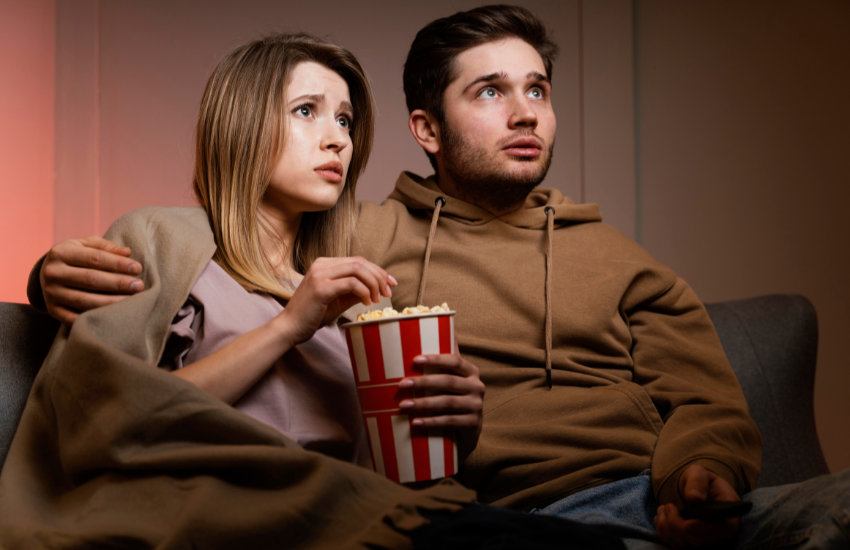

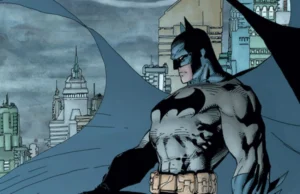
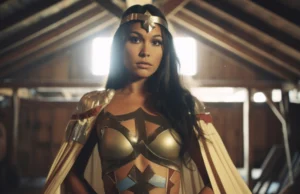
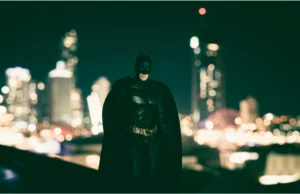
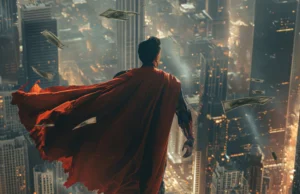

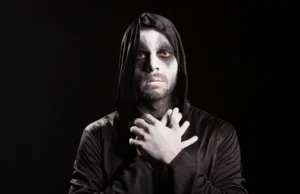
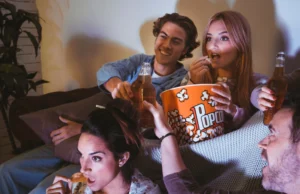


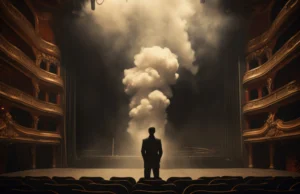
1 comment